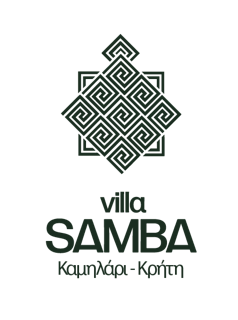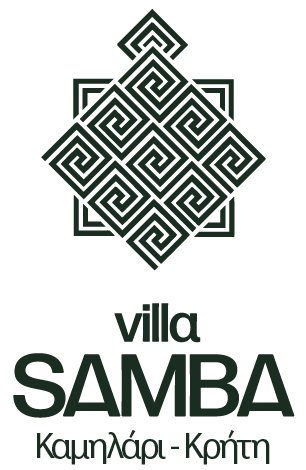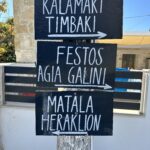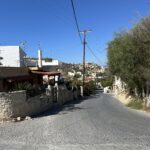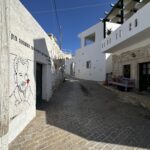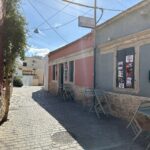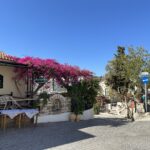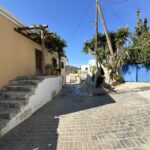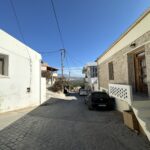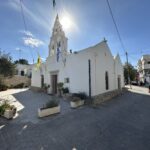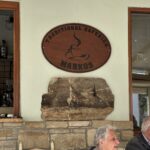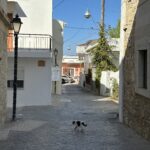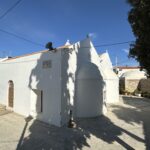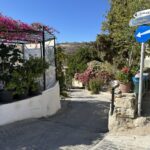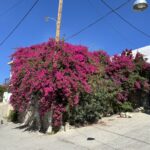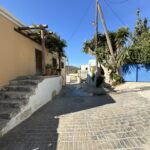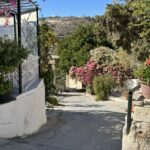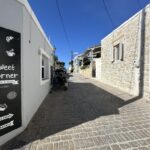KAMILARI
Welcome to KAMILARI Village
The municipality of Kamilari comprises the village of Kamilari, the historic village of Agios Ioannis and the coastal town of Kalamaki. The village of Kamilari lies 2.5 km west of the archaeological site of Faistos and 2.5 km from the sea, where the village of Kalamaki is located. Its name is of Byzantine origin and is derived from ‘kamilaris’ meaning ‘one who rides a camel’. Kamilari is built on the summits of three hills, Evgora (the old village), Goulas and Alevrota. Its houses are built of stone and are two storeys high. The village is renowned for its temperate climate and nine months of sunshine a year. It is a quiet, traditional village with an endless panoramic view over the olive groves of the Messara valley on one side and the Libyan sea on the other. From this vantage point, the inhabitants could see the whole of the enemy, the Turks towards the Messara valley and the pirates towards the Libyan Sea. Its inhabitants are hospitable and have a great respect for the tradition handed down from generation to generation.
The village organises festivities during Carnival, and on Resurrection Day at Easter, when old customs such as burning Judas are respected. Large fairs are also held on the village feast days of 27 July and 6 August. One of the seven wise men of the ancient world, Epimenidis lived in a small community outside Kamilari called Metohi.
The tomb of Kamilari: Outside the village of Kamilari, archaeological excavations have uncovered a Minoan excavated tomb (1,700-2,000 BC), one of the most important in the Messara valley and one of the best preserved in the region. In this tomb, known as the ‘Kamilari tomb’, a number of archaeological discoveries were made, which are now on display at the Iraklio Archaeological Museum. This large tomb has been used several times over the centuries and, although it was violated in ancient times, the excavations revealed important Minoan burial customs. The tomb consisted of five small rooms and a paved patio outside the circular tomb. It is thought that the tomb had a wooden roof supported by a cement structure.
The walls of the tomb are very thick and two metres high. Two of the objects discovered during the excavations date from the late Minoan period and show food being offered or eaten in a ceremonial manner. A third object shows circle dances similar to those performed on Crete today.

Restaurants
You will find inside the village numerous restaurants you can access on foot from the villa.
Matala and Kalamaki, 5 minutes by car also offer a large number of nice place for a drink, lunch or dinner.

Supermarket
No need to take your car to grab what you need. Marina, Alekos and their kids, manage with talent Supermarket Milonas which is just 2' walk from the villa.

